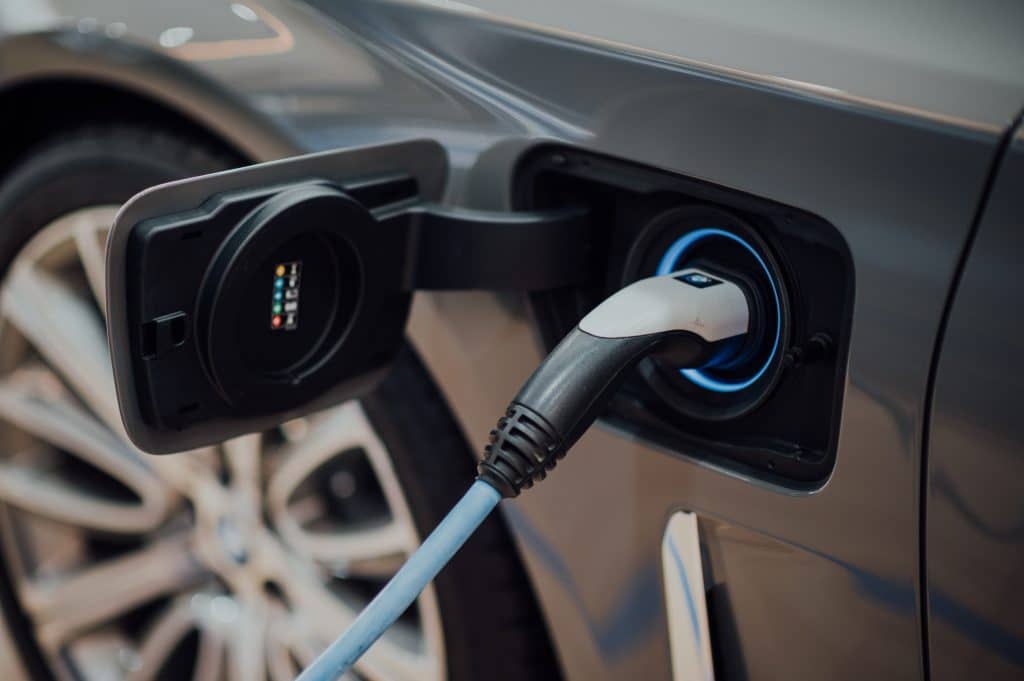Welfare, Redistributive and Revenue Effects of Policies Promoting Fuel Efficient and Electric Vehicles
The paper “Welfare, Redistributive and Revenue Effects of Policies Promoting Fuel Efficient and Electric Vehicles” will be presented at the 10th FSR Annual Conference (10-11 June, 2021).
ABSTRACT:
According to the International Energy Agency (IEA), the transport sector accounted globally for one quarter of total CO2 emissions in 2016, being 71% higher than in 1990. Road vehicles thereby represent nearly three-quarters of transport CO2 emissions with 3.6 Gt CO2 in 2018. Progress on reducing emissions from the transport sector lags behind. For the transport sector to meet projected mobility and freight demand while reversing CO2 emissions growth, energy efficiency measures such as promoting energy-efficient technologies for vehicles and the fuels that drive them will need to be deployed. However, some of these policies may erode the revenue needed to finance the road transport infrastructure. In this paper we address the welfare implications of a number of policy scenarios. We first analyse the effects of implementing a CHF 0.12/l fuel levy on gasoline and diesel, which has been recently enacted by the Swiss parliament. Second, we simulate the effects of an up front price subsidy for EVs. The third instrument is the introduction of a mileage dependent charge, as an alternative to generate revenue to finance the road infrastructure. In Switzerland, the revenue derived from motor vehicle taxation is used to fund the road transport infrastructure. This levy depends on vehicle weight and fuel efficiency category. EVs are subject to a preferential tax treatment and fuel efficient cars also benefit from tax rebates. While this policy is meant to incentivize the adoption of EVs, hybrid and fuel efficient cars, it also raises questions about the equity and efficiency of the current financing mechanism. Hence, one alternative is the introduction of levies that depend on the number of kilometers driven. Accordingly, these use based charges would ensure that all cars contribute to securing the financing of the infrastructure used.
In this paper we employ a random coefficients logit model and a rich dataset including information on around 24,000 newly purchased cars in the Swiss Canton of Bern, as well as a large number of household socio-demographic characteristics and information on car attributes to analyse household choice behaviour towards hybrid and electric vehicles (EVs). Our policy experiments reveal that the introduction of an additional levy on fossil fuels increases the overall probability to adopt an EV by 0.4 percentage points. Since most households own however combustion engine vehicles, overall consumer surplus decreases. Emissions drop by 0.7% compared to the status quo, with a large share attributed to the richest households since they are the most likely to adopt environmentally friendly but more expensive vehicles. The tax has however regressive effects, since the share of annual tax payments to annual income is almost 4 times higher for households in the lowest compared to those in the highest income bracket. Second, subsidising EV prices leads to a 1.1 percentage point higher uptake of EVs and an overall increase in consumer surplus. The subsidy costs are relatively low with CHF 1 million and the average emissions decrease by 1.2%. This policy also features adverse distributional effects, as high income earners are more likely to adopt an EV and thus benefit from the subsidy. Third, we simulate the implementation of a mileage dependent charge of 0.023 CHF/km which would secure enough revenue to finance the infrastructure. This charge raises the likelihood for gasoline driven cars to be chosen compared to the other fuel types. Consumer surplus decreases as driving costs increase. Emissions of the new car fleet increase by 2% and the incidence of the new tax is 4 times higher for households in the lowest income quartile compared to those in the highest income quartile.




